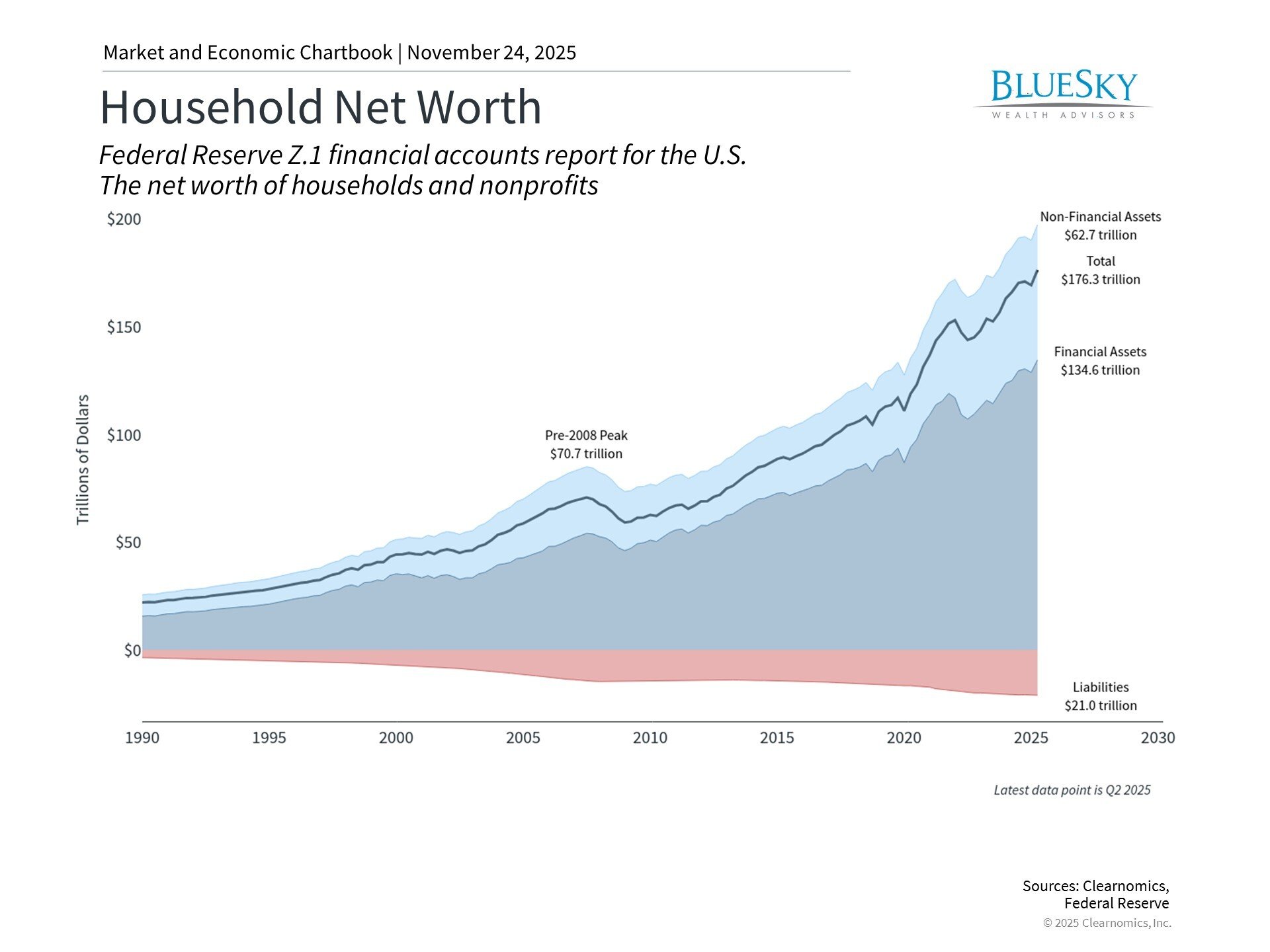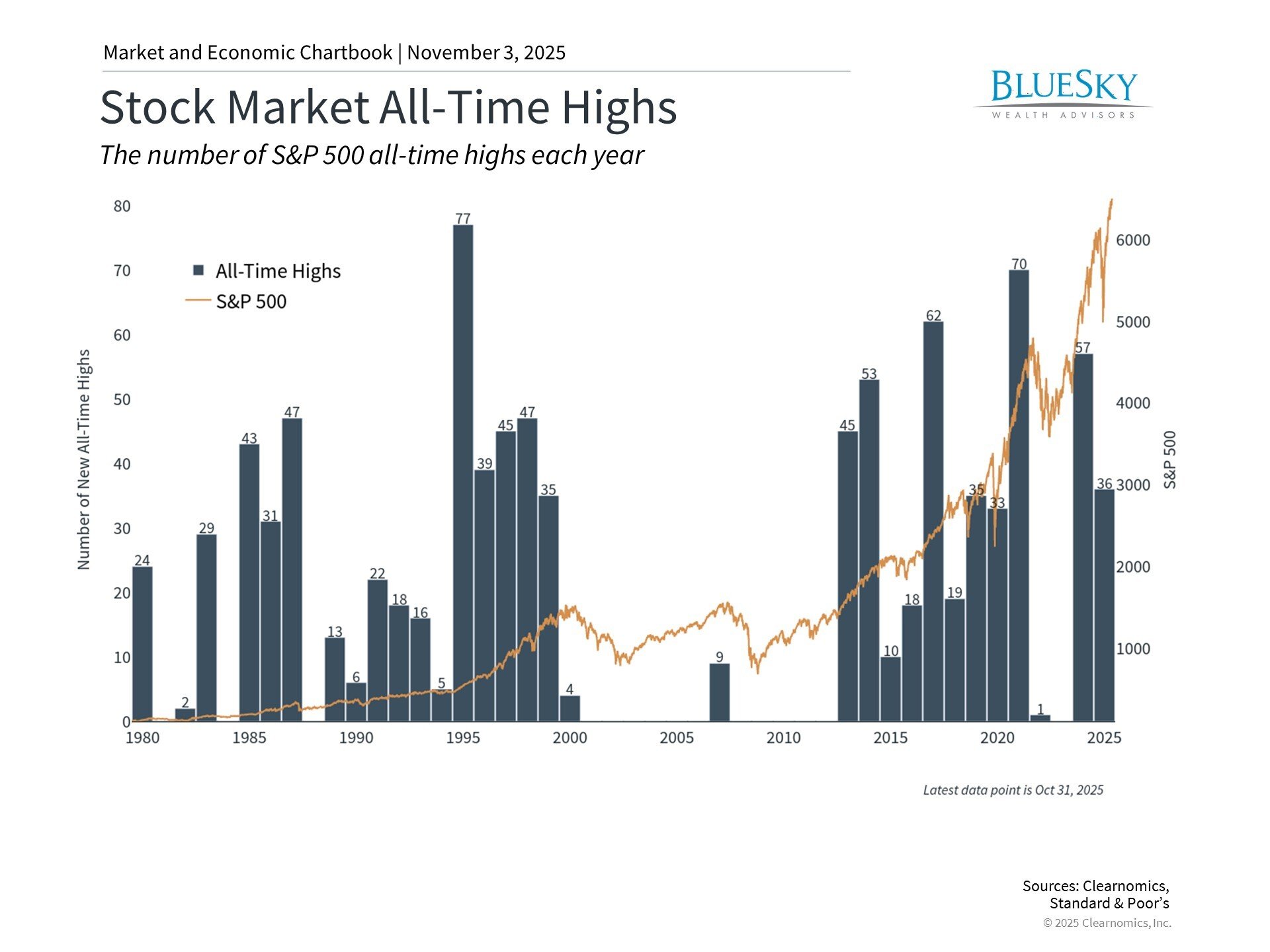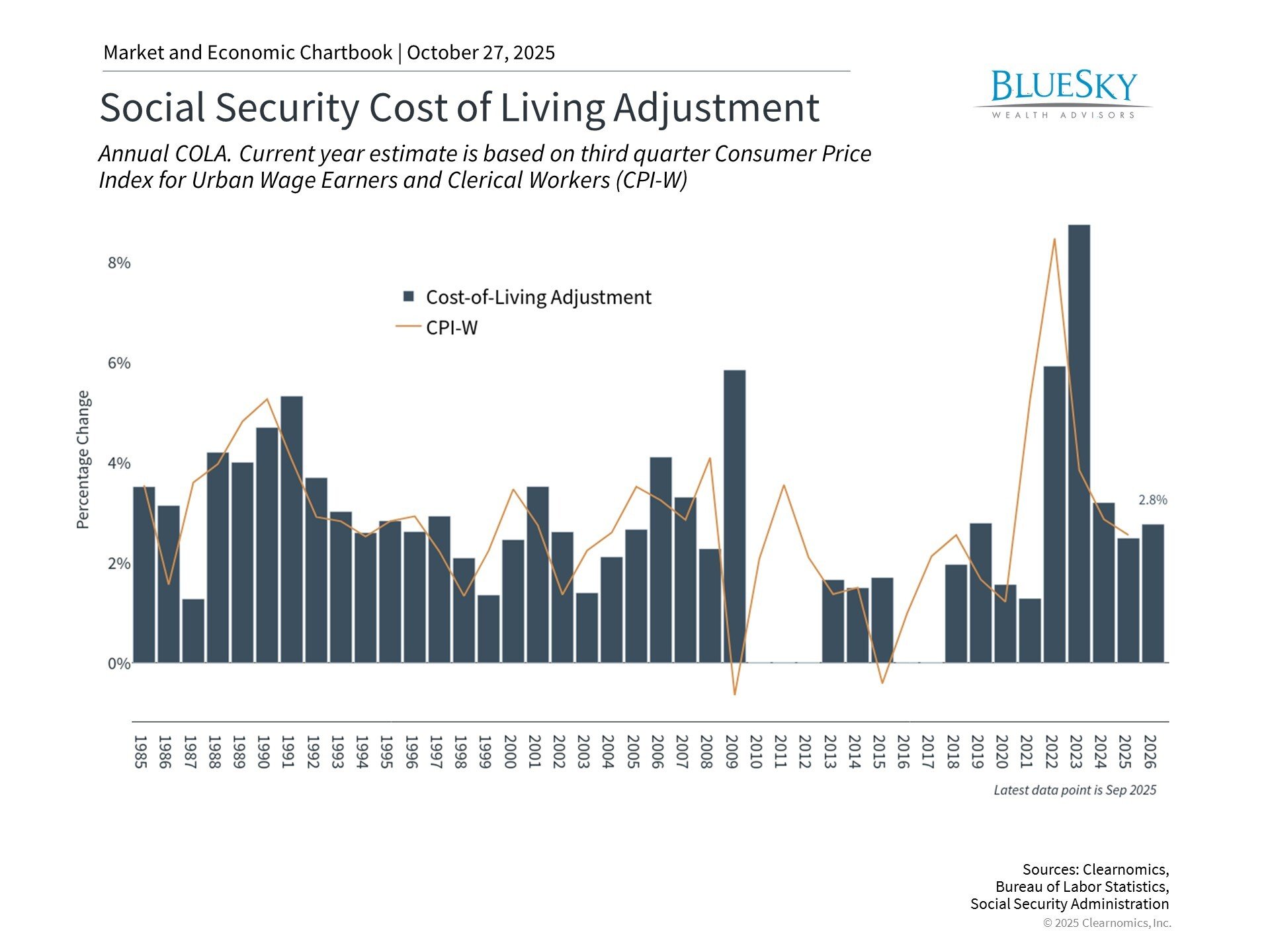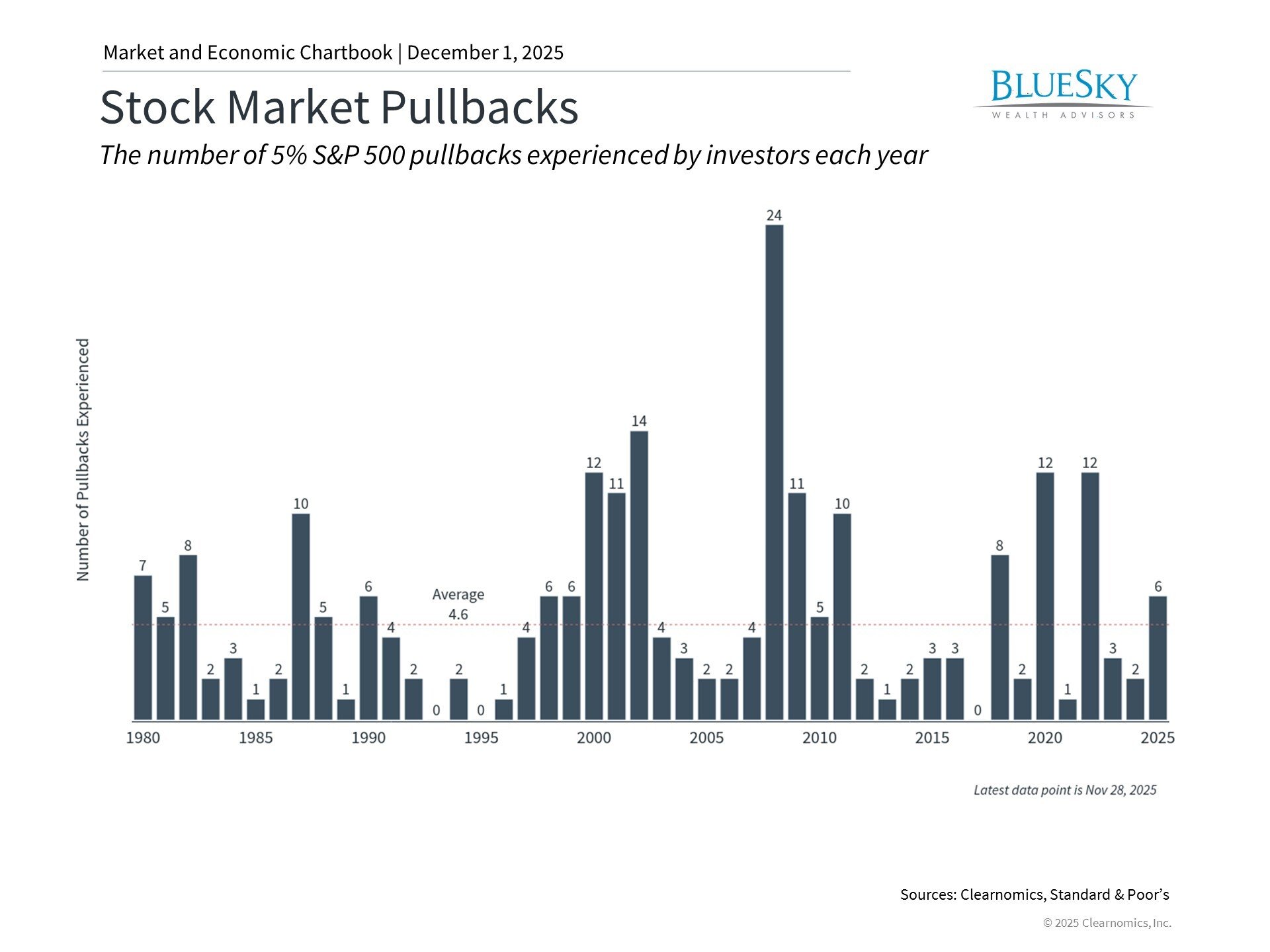
How to Generate a Passive Income With Dividend Investing Strategy
How to Generate a Passive Income With Dividend Investing Strategy

Businesses continuously need to raise capital to finance their operations, and one way they do this is by issuing stocks. When you invest in a stock, you become a part-owner of the company, and as such, you are entitled to a share of its profits. This profit-sharing is known as dividends.
Dividend investing is an investment strategy focusing on earning passive income from dividend-paying stocks. So, how do you get started with dividend investing? Can this strategy provide a steady stream of revenue for the long term? In this article, we will explore the concept of dividend investing and how it can be a viable option for generating passive income. Keep reading to learn more!
What is Dividend Investing
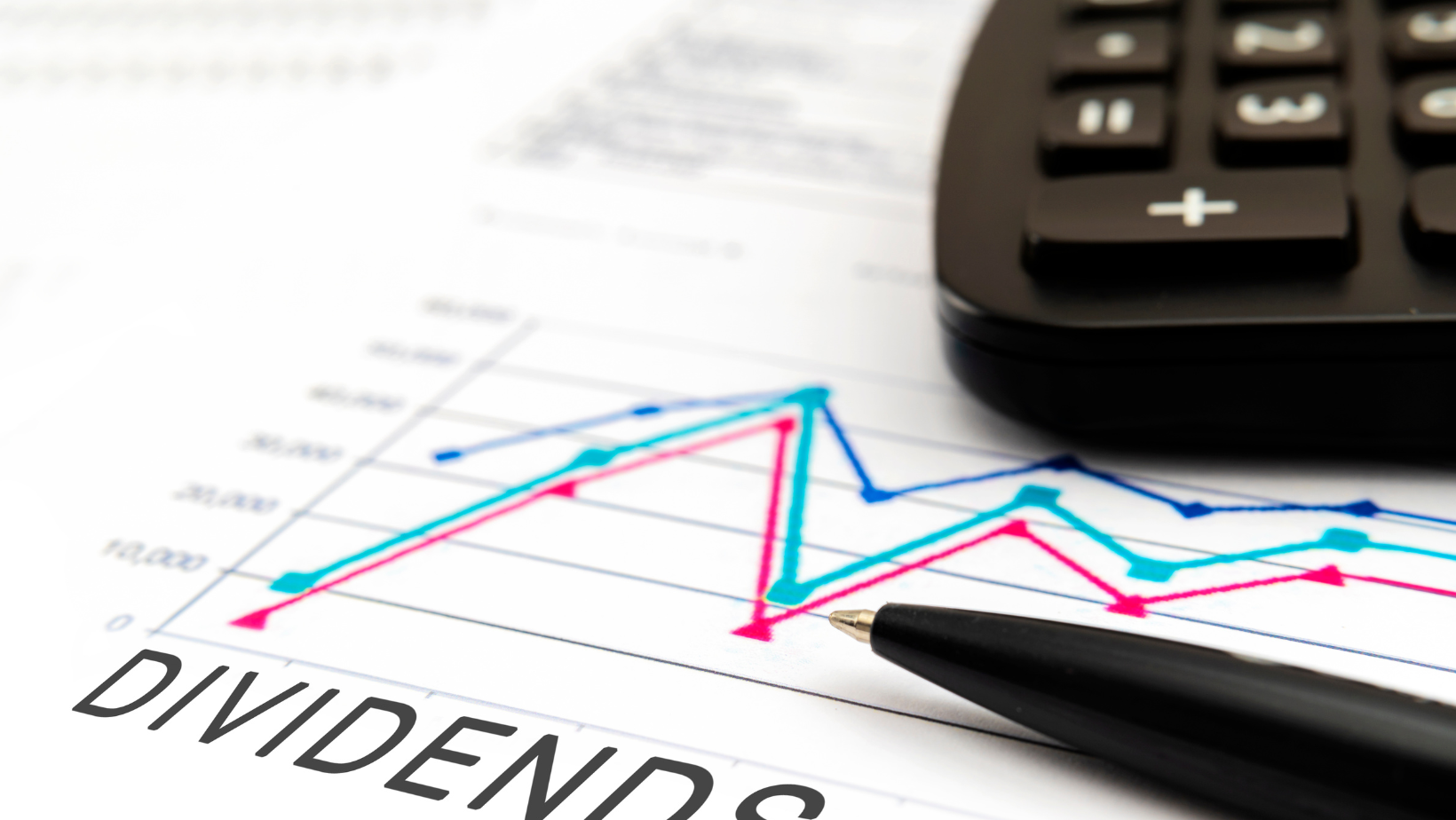
Dividend investing involves strategically acquiring shares in companies with a consistent track record of distributing a portion of their profits to shareholders through dividends. In contrast to growth stocks that focus on reinvesting earnings back into the company for expansion, dividend-paying companies tend to be well-established entities with reliable revenue streams.
This stability allows them to consistently reward shareholders, making them an appealing option for those seeking to generate passive income. By holding onto these stocks, investors can enjoy regular dividend payouts without selling their shares. For example, if a company pays out $0.50 per share quarterly and an individual owns 100 shares, they can expect to receive $200 in dividends annually, building a steady income stream over time.
Benefits of Dividend Investing

Dividend investing has several advantages, making it a popular choice for those seeking to generate passive income. Some of the key benefits include:
Passive Income
One of the most compelling advantages of dividend investing is its ability to generate a stable stream of passive income. This approach suits investors who prefer a less hands-on tactic while still reaping financial rewards. Once you’ve established a diversified portfolio of dividend-paying stocks, you can earn money without the day-to-day involvement typically required in other forms of active investing.
For example, Johnson & Johnson is renowned for its consistent dividend income investing. An investor holding shares in Johnson & Johnson benefits from the company’s solid fundamentals and market position and enjoys regular dividend payments. Often made quarterly, these payments can accumulate over time, providing a cushion of income that can be relied upon in retirement or reinvested to take advantage of compound interest.
Diversification
Another significant advantage of dividend investing is the concept of diversification, which plays a crucial role in effective risk management. Diversification involves spreading investments across various sectors or asset classes geographically to minimize the impact of volatility in specific regions. With their consistent payouts, dividend-paying stocks are precious for investors looking to build a stable company’s earnings.
This variety in dividend stocks offers investors a well-rounded portfolio allocation that can enhance stability and reduce risk exposure. For example, carefully selecting dividend-paying stocks from different sectors and regions can create a balanced mix that ensures a more resilient investment approach, especially during market uncertainty.
Potential for Long-Term Growth
In addition to generating stable passive income and offering diversification, dividend investing also presents a significant potential for long-term growth. This growth is not solely based on the appreciation of mutual funds over time. Still, it is also enhanced by reinvesting dividends back into the market, thereby compounding earnings and increasing the value of an investment. For example, Coca-Cola has a long history of paying dividends.
If you bought shares in Coca-Cola decades ago and consistently reinvested, the dividends would now own a more significant number of shares than initially purchased, thanks to the effects of compounding. This increase in share volume, combined with the overall appreciation of the stock price and the incremental increase in annual dividend payouts, exemplifies how dividend investing can contribute to wealth building over the long term.
Building a Dividend Investing Portfolio

Building a well-diversified dividend investing portfolio requires careful selection and monitoring of stocks. Some essential considerations when constructing your portfolio include:
Company Fundamentals
A thorough understanding of the company’s fundamentals is essential when evaluating potential dividend-paying stocks for your portfolio. This involves exploring its financial health, profitability metrics, and the reliability of its revenue streams. A reputable company typically showcases a strong balance sheet with manageable debt levels, steady earnings, and a successful history of navigating economic downturns.
Additionally, analyzing the company’s dividends is vital. This metric represents the portion of earnings distributed to shareholders as dividends. This ratio needs to be sustainable. An excessively high payout ratio might suggest that the company needs to reinvest more adequately in its growth, potentially endangering future dividend payments. For example, a company with an 80% payout ratio could struggle to maintain dividends during financial hardship.
Dividend Yield
The dividend yield is critical in evaluating potential additions to your dividend portfolio. It demonstrates the annual dividend payment in relation to the stock’s price, offering a gauge of the investment’s income potential versus its cost. Although a high dividend yield may appear appealing, it can sometimes signal underlying problems, such as a declining stock price driven by operational difficulties.
Companies that maintain stable yields often manage consistent growth, effectively balancing the scale. Take, for instance, a telecom company renowned for its regular dividends, an asset to your investment portfolio. If the stock is priced at $100 per share with an annual dividend of $4, the dividend yield stands at 4%. This figure provides an immediate insight into the income you can expect in proportion to your investment.
Historical Dividend Growth
Historical dividend growth holds immense importance in-stock selection for dividend investors, serving as a vital indicator of a company’s financial well-being and how they pay dividends. Sustained dividend growth signifies a robust business model and a dedication to shareholder rewards over time.
Additionally, it suggests the company’s earnings are stable and growing, allowing for sustained dividend payments and potential increases in the future. For example, Apple Inc., despite being a relatively late entrant to the dividend scene in 2012, has consistently increased its company’s dividend yield yearly. This growth pattern in dividends mirrors the company’s overall financial growth and market expansion, showcasing its ability to generate excess cash and return value to shareholders.
Tax Considerations in Dividend Investing

An essential aspect to remember when investing in dividends is the tax implications of dividend income. Dividends are considered taxable income, and the tax rate depends on the type of dividends received. These are the two types of dividends paid out by companies:
Qualified Dividends
Qualified dividends are among the most favorable types of income for investors, primarily due to their tax-efficient nature. These dividends are paid by U.S. companies or foreign companies listed on major U.S. exchanges and meet specific holding period criteria set by the IRS. Unlike ordinary dividends, which are taxed at the investor’s standard income tax rate, qualified dividends benefit from a lower tax rate, akin to long-term capital gains.
This distinction can lead to significant tax savings, especially for those in higher tax brackets. For example, if you own shares in a multinational corporation like Microsoft, which regularly pays dividends. If you’ve held these shares for more than 60 days within the 121-day period that begins 60 days before the ex-dividend date, the dividends received from Microsoft would be considered qualified. Consequently, instead of being taxed at your regular income rate, which could be as high as 37%, these dividends could be taxed at a maximum of 20% (depending on your overall taxable income).
Ordinary Dividends
Ordinary dividends, often known as non-qualified dividends, form the majority of dividend payouts for many investors. Unlike qualified dividends, ordinary dividends are subject to the investor’s standard income tax rate, which varies significantly depending on the individual’s tax bracket. These dividends are treated as typical income, similar to wages, and therefore do not benefit from the reduced tax rates applied to qualified dividends or long-term capital gains.
This differentiation is crucial for investors when developing their investment strategy and evaluating the potential net returns on their dividend investments. For example, if you are an investor in the 24% tax bracket who receives $1,000 in ordinary dividends from a company that does not meet the criteria for qualified dividends. You would owe $240 in taxes on this dividend income (24% of $1,000), contrasting sharply with what might be owed if those dividends were qualified and taxed at a lower rate.
Potential Risks Associated with Dividend Investing

While dividend investing offers a compelling avenue for generating income and growing wealth over time, investors must approach this strategy with a comprehensive understanding of its accompanying risks. Some potential risks of dividend investing to keep in mind include:
Dividend Cuts or Suspensions
One risk associated with dividend investing is when a company cuts or suspends its dividend payments. This action is often triggered by declining profits, cash flow challenges, or the necessity to reinvest earnings into the business. Such occurrences can lower the investor’s income and result in a drop in the stock price as the market reacts to the company’s altered financial prospects.
For example, during economic crises like the 2008 financial downturn, even reputable financial institutions like Wells Fargo, known for their consistent dividend payouts, had to reduce dividends significantly. This move affected investors who depended on these payments and shook investor trust, resulting in a sharp decline in stock values.
Limited Diversification
Emphasizing dividend-investing strategies excessively can often lead to inadequate diversification, concentrating risk in certain sectors or types of companies renowned for their high dividend yields, like utilities or real estate investment trusts (REITs). Although these sectors may provide appealing dividend returns, they are typically sensitive to market shifts affecting interest rates, including changes in economic policy or inflationary pressures.
Such sensitivity can increase portfolio volatility, undermining a key advantage of dividend investing: stability. For instance, during the financial uncertainties triggered by the COVID-19 pandemic, sectors such as retail REITs faced considerable challenges. Enforcement of lockdowns and social distancing measures globally led to a decline in rent collections, adversely affecting these REITs’ capacity to sustain their customary dividend payments. Investors disproportionately invested in these high-dividend-yielding sectors encountered unexpected reductions in income and losses in principal, underscoring the paramount importance of pursuing broader diversification beyond merely seeking high dividend yields.
Interest Rate Risk
Interest rate risk is a pivotal factor for investors holding dividend-paying stocks, as it directly influences the appeal and value of these assets. Like fixed-income securities like bonds, dividend stocks can lose value when interest rates climb. Higher interest rates make newly issued bonds more appealing due to their superior yields, enticing investors to shift their focus away from stocks.
Take, for instance, a scenario where the Federal Reserve hikes interest rates to curb inflation. Suppose you’re an investor with holdings in dividend-paying stocks within the telecommunications sector, renowned for its high dividend yields. In that case, you might witness your stocks’ value depreciation. This depreciation occurs as investors might opt to liquidate their dividend stocks in favor of the safer, more lucrative bond market, thus driving down the stock prices.
Future Trends in Dividend Investing

While dividend investing has long been a popular strategy among income-oriented investors, the recent market environment and evolving corporate policies have led to notable trends. These include:
- Increased Focus on Sustainable and Responsible Dividends: This approach aims to balance providing attractive dividend yields for investors while ensuring that the company remains financially strong and can sustain its dividend payments over the long term. With growing investor awareness and concern for environmental, social, and governance (ESG) issues, companies have increasingly incorporated ESG factors into their dividend policies.
- Alternative Dividend Structures: While traditional dividends are typically paid out in cash, some companies have started exploring alternative means of rewarding shareholders while preserving their cash flow. These include stock dividends, where shareholders receive additional shares instead of cash, and dividend reinvestment plans (DRIPs), allowing shareholders to automatically reinvest their dividends into purchasing more company stock.
- Technology-Driven Innovations: The rise of technology-driven platforms like robo-advisors and online brokerages has made stock dividend investing more accessible and cost-effective for retail investors. These platforms offer more streamlined and efficient ways to research, select, and monitor dividend-paying investments, making it easier for investors to build diversified portfolios.
- Changes in Tax Policies: With changes to tax policies, such as the qualified dividend tax rates mentioned earlier, investors may see changes in their after-tax returns on dividend investments. For example, the proposed increase in income taxes for high earners could result in higher dividend tax rates than current levels.
- Impact of Interest Rates: Dividend stocks typically compete with other income-generating investments, such as bonds, which can be affected by changes in interest rates. As interest rates rise or fall, dividend investing strategies may need to adapt and adjust to changing dynamics.
Conclusion
Dividend investing remains a fundamental strategy for income-oriented investors, providing a potential source of steady income and the opportunity for capital appreciation. However, as we have discussed, it comes with risks and challenges, including dividend cuts or suspensions, limited diversification, and interest rate risks. Investors must conduct thorough research, consider diversification to lessen risks, and stay informed about market trends and economic indicators influencing dividend-paying stocks.
The evolving landscape of dividend investing, characterized by sustainable and responsible dividends, alternative dividend structures, and technology-driven innovations, presents new opportunities and considerations for investors. By staying adaptive and informed, investors can effectively navigate the complexities of dividend investing and potentially enhance their investment outcomes in a changing economic environment.

